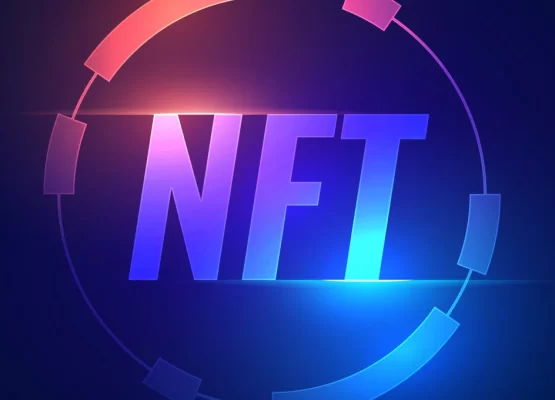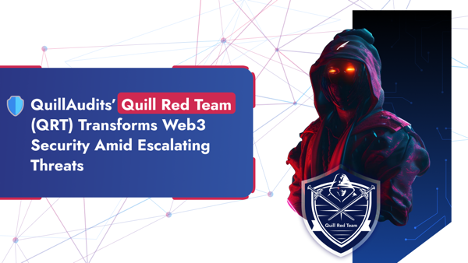Within the global cryptocurrencies and blockchain technology, the idea of acceptance as true is paramount. Conventional financial systems depend on intermediaries to establish agreement among parties, but cryptocurrencies disrupt this norm by way of leveraging decentralized networks and cryptographic algorithms to reap consensus. Blockchain consensus mechanisms play an essential function in making sure the integrity, security, and reliability of cryptocurrency transactions and statistics. In this newsletter, we delve into the diverse landscape of blockchain consensus mechanisms, exploring how they work and their significance in building trust within cryptocurrency technology.
Understanding Consensus Mechanisms
At its middle, a consensus mechanism is a protocol or set of guidelines that allow members in a decentralized network to agree on the state of a shared ledger or blockchain. in the context of cryptocurrencies, a consensus mechanism is answerable for validating transactions, stopping double-spending, and maintaining the accuracy of the blockchain’s history. by accomplishing consensus, blockchain networks cast off the need for a central authority to validate transactions, presenting a trustless and transparent opportunity.
Proof of Work (Pow): The Pioneer of Consensus
Evidence from work (Pow) constitutes one among the earliest and most often used consensus procedures. Popularized by Bitcoin, Pow entails miners solving complicated mathematical puzzles to validate transactions and add new blocks to the blockchain. This method calls for great computational strength, making it hard for any unmarried entity to dominate the community and ensuring the security of the blockchain. However, Pow is energy-intensive and has raised concerns about environmental sustainability.
Proof of Stake (PoS): Shifting the Paradigm
To address the energy consumption issues associated with Pow, Proof of Stake (PoS) emerged as an alternative consensus mechanism. In PoS, validators (often referred to as “stokers”) are chosen to create new blocks based on the number of cryptocurrency tokens they hold and are willing to “stake” as collateral. This mechanism reduces the need for intense computational work, making it more energy-efficient. PoS introduces economic incentives to encourage validators to act honestly, as they have a financial stake in the network’s integrity.
Delegated Proof of Stake (DPoS): Enhancing Efficiency
Delegated Proof of Stake (DPoS) takes the PoS concept further by introducing a voting system. Token holders vote to elect a limited number of delegates who are responsible for validating transactions and creating blocks. DPoS aims to enhance scalability and speed by minimizing the number of validators and enabling quicker consensus. While DPoS offers efficiency gains, it raises questions about centralization, as a small number of delegates have significant influence over the network.
Proof of Authority (PoA): Trust through Identity
Proof of Authority (PoA) is a consensus mechanism that emphasizes identity and reputation. In PoA, validators are known and reputable entities within the network. Their authority to validate transactions is based on their real-world identities or positions. PoA is often used in private or consortium blockchains where trust among participants is already established. While PoA sacrifices some degree of decentralization, it offers enhanced efficiency and reduced energy consumption compared to Pow.
Proof of Space (PoSpace) and Proof of Time (PoT): Novel Approaches
Proof of Space and Proof of Time are relatively newer consensus mechanisms that explore alternative ways to achieve consensus. PoSpace utilizes unused storage space on a computer’s hard drive to validate transactions, while PoT combines time-based puzzles with PoSpace. These mechanisms aim to make consensus more accessible and eco-friendly by minimizing computational demands. However, their adoption and effectiveness are still in the experimental stages.
Hybrid Consensus Mechanisms: Balancing Trade-offs
In many cases, blockchain projects employ hybrid consensus mechanisms that combine elements of multiple approaches. For instance, some networks use a combination of PoW and PoS to balance security and energy efficiency. These hybrid models aim to harness the strengths of different mechanisms while mitigating their weaknesses.
The Significance of Trust and Security
Blockchain consensus mechanisms are quintessential to the overall belief and security of cryptocurrency networks. With the aid of decentralizing the validation procedure and preventing malicious actors from gaining control, these mechanisms make certain the integrity of transactions and the immutability of the blockchain. This degree of safety builds confidence amongst users, permitting them to engage in financial transactions and statistics sharing without the want for intermediaries.
Challenges and Future Innovations
While blockchain consensus mechanisms have come a long way, challenges persist. Energy consumption remains a concern for PoW-based networks, prompting efforts to find eco-friendly alternatives. Moreover, the change-off between decentralization and efficiency continues to form the evolution of consensus mechanisms.
In the future, improvements inclusive of proof of Stake 2.0 (PoS 2.0) and proof of Burn (PoB) are being explored. PoS 2.0 aims to decorate scalability and protection with the aid of combining PoS with concepts from PoW.
PoB, on the other hand, involves burning existing cryptocurrency tokens to mine new ones, creating a unique economic model for achieving consensus.
Conclusion
Blockchain consensus mechanisms are the backbone of cryptocurrency technology, serving as the fundamental processes that enable trust, security, and agreement within decentralized networks. From the energy-intensive proof of labor to the power-efficient evidence of Stake and past, these mechanisms pressure innovation and form the destiny of virtual finance. As the blockchain landscape continues to adapt, the quest for scalability, performance, and security remains ongoing, with consensus mechanisms at the forefront of this transformative journey.




